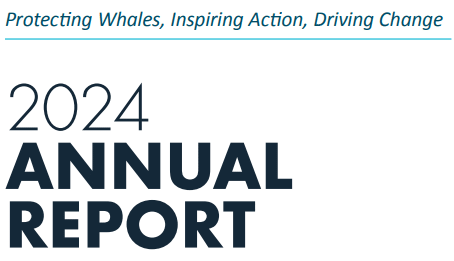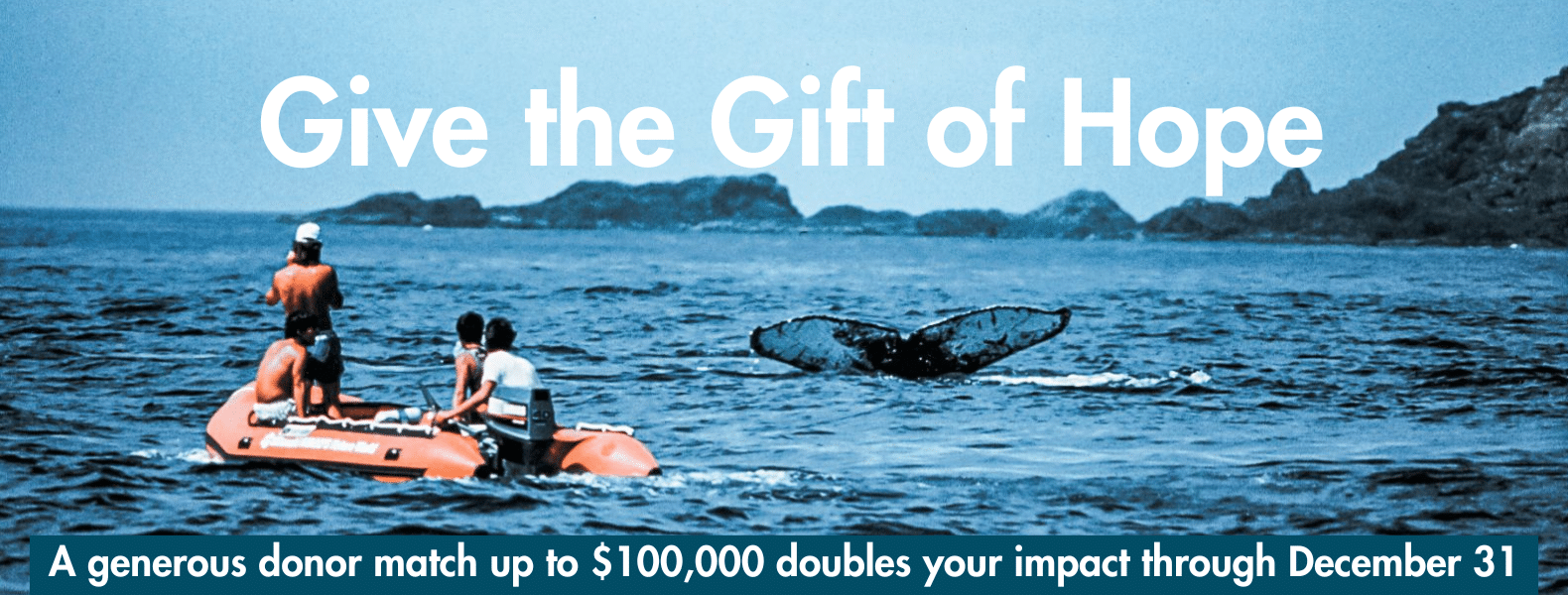
Recently, PWF’s Conservation team was invited to join Kapa Sungear in their service trip to Kaho’olawe with the Kaho’olawe Island Reserve Commission (KIRC). The island is currently being held in trust by the KIRC for a future Native Hawaiian sovereign entity, and the group performs a variety of conservation and restoration projects to restore the lands and subsequent marine ecosystem.
Before stepping foot on the island, crew, staff, and visitors asked permission with a traditional oli, or Hawaiian chant. Throughout the trip, KIRC staff led the teams in various olis out of respect of the culture and place; one oli to ask permission to enter sacred spaces, one to welcome the rains ahead of planting season (and it did rain on us in the field!), and one to ask permission to leave.

While on the island, PWF staffers, alongside eco-conscious sungear company Kapa Sungear kicked off KIRC’s planting season and put 750 native plants and grasses along the slopes facing Haleakala. The plantings are intended to mitigate sedimentation flow into the nearshore marine ecosystem of the island, and encourage the topsoil to return to the scarred landscape. Much of the landscape was substantially impacted from the cattle, sheep, and goat ranching period from mid 1800s to mid 1900s, followed by a period of use as a live ordnance training area and bomb testing site by the U.S. Navy from 1941 to 1992, leading to loss of soil through accelerated erosion.
Middle photo: native, drought-resistant ʻohaʻi plant
Far right photo: other native plants put in the ground include ‘aki’aki, a’ali’i and more

Kaho’olawe has an incredibly important place in Native Hawaiian culture and history, as it once sustained small fishing villages along its coastlines from as early as 1027 A.D. Kaho’olawe is dedicated to Kanaloa, Hawaiian deity of the ocean and of long-distance sailing voyages. This dedication is fitting, as Kaho’olawe has unique vantage points of almost all of the channels that run between the islands of Maui Nui, as well as the Big Island of Hawai’i, allowing early Polynesian navigators to read weather patterns from the top of the island. In addition, due to Kaho’olawe’s low-lying elevation, clouds rarely block the night sky, allowing for celestial navigation to aid in the early wayfarers of the Pacific Islands.





